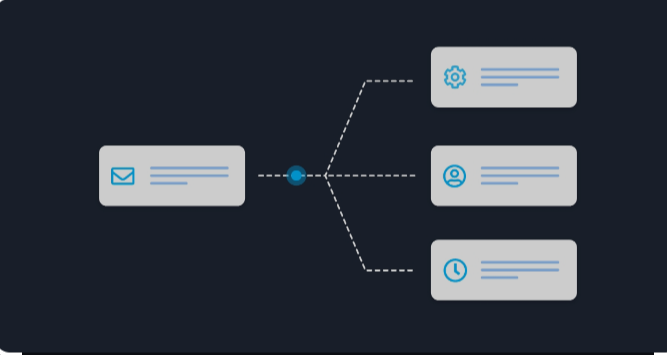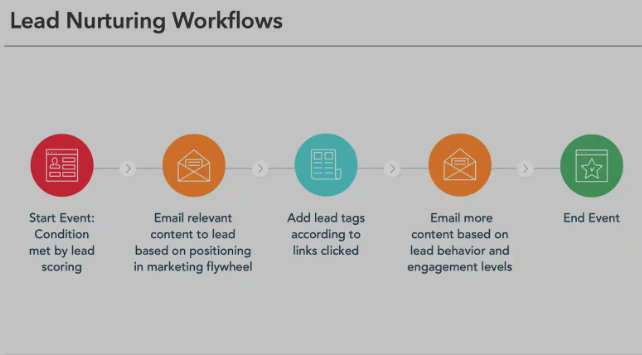
Title: Unlocking Email Marketing Automation’s Power: FAQs and Strategies
Discover the keys to success in email marketing automation strategy. Learn how to streamline your processes, engage your audience effectively, and boost conversions with personalized and timely emails.Email marketing is still essential for companies looking to effectively engage with their customers in the current digital era. Still, it can be difficult to stand out in the clutter of constantly bombarded inboxes. Email marketing automation can be used in this situation to transform the way firms interact with their subscribers.
This post will explore email marketing automation in detail, answering frequently asked questions and offering advice on how to make the most of it.
Recognising Automation in Email Marketing
The term “email marketing automation” describes the use of technology to measure, optimise, and automate marketing workflows and operations. Based on predetermined triggers and activities, it allows businesses to send their subscribers personalised and targeted messages. Marketers can efficiently nurture leads, boost customer engagement, and drive conversions by utilising automation.
The Advantages of Automated Email Marketing
Improved Personalisation:
Automation lets marketers divide up their audience into groups according to their demographics, habits, and interests. This helps them provide material that is more relevant to the recipients.
Enhanced Interaction:
Scheduled emails can be set to arrive at the most convenient times for recipients, which raises open and click-through rates. Businesses can develop closer bonds with their audience by providing pertinent content at the appropriate time.
Time and Cost Efficiency:
By automating time-consuming processes like follow-ups, welcome emails, and cart reminders, marketers can concentrate on strategic campaigns while saving time and money.
Crucial Techniques for Managing Email Marketing Automation
Segmentation:
Using criteria like engagement level, purchasing history, or demographics, break up your subscriber list into smaller groups. This enables you to send communications that are specifically suited to each segment’s requirements and interests.
Personalisation:
To include the names, preferences, or previous exchanges of the recipients to your emails, use merge tags and dynamic content. It has been demonstrated that personalised emails result in greater open and click-through rates.
Lifecycle Marketing:
Define the customer journey and design automated processes that provide pertinent information at every turn, from welcome emails to follow-ups after a purchase. This keeps leads engaged throughout the sales funnel and guarantees ongoing involvement.Set up automated triggers for emails that are sent out in response to subscriber actions, such as visiting a website, opening an email, or making a purchase. Campaigns that use triggered emails, like re-engagement or cart abandonment, take use of timely interactions to increase conversion rates.
Conclusion

To sum up, email marketing automation enables companies to send tailored, targeted communications at a large scale, increasing engagement and conversions. Businesses can effectively accomplish their marketing goals and strengthen their audience interactions by putting successful methods into practice and using automation tools.
The goal of this post is to give a thorough introduction to email marketing automation, along with implementation tips and answers to frequently asked questions. Please feel free to ask any particular questions you may have or for more clarity on any subject!